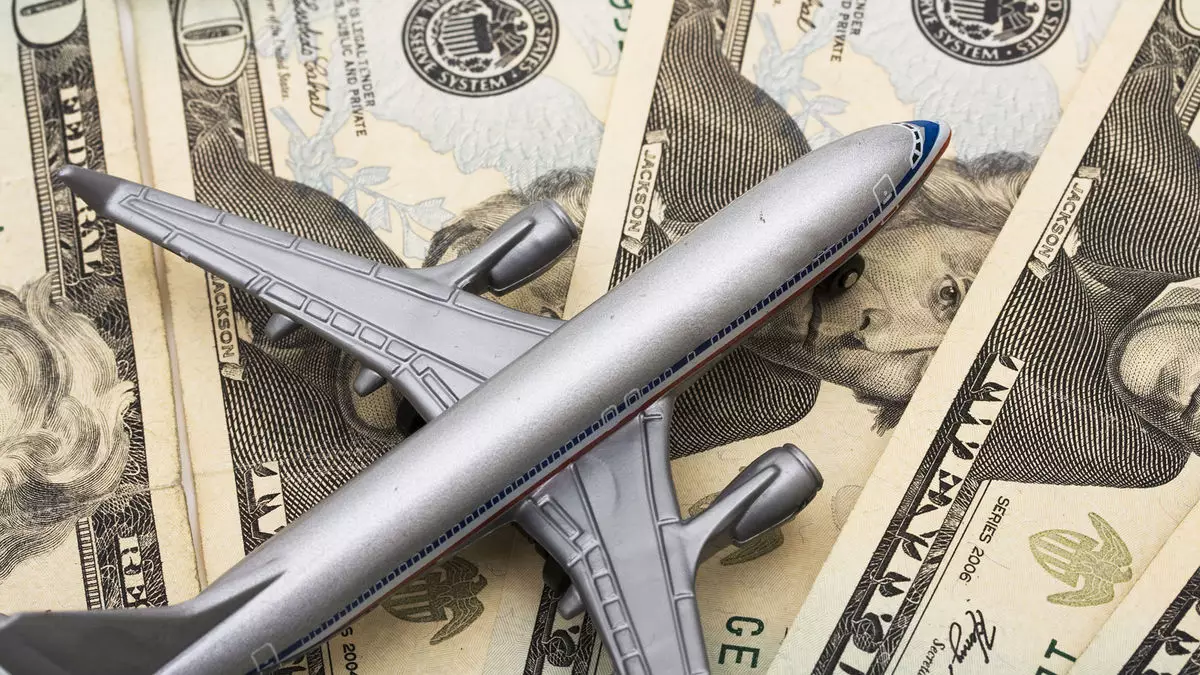The airline industry in the United States is facing a perfect storm of economic turbulence and increasing global tariffs. An investment analyst from TD Cowen, Tom Fitzgerald, has pointed out the significant obstacles looming ahead. With business travel already struggling due to economic instability, the introduction of sweeping tariffs threatens to cast an even darker shadow over the industry’s immediate future. The repercussions of these tariffs could lead to diminished consumer interest in air travel, thereby exacerbating an already fragile market.
Impact of Economic Uncertainty
The financial markets have been unfriendly this year, which many believe is stifling business trips. Fitzgerald’s analysis indicates that factors like steep market drops and an uncertain trade environment contribute to an increase in the likelihood of a recession. Particularly impacted are the baby boomer demographic, who may be less inclined to spend on travel amid economic anxiety. The Jets ETF, which tracks major U.S. airline stocks, has plummeted around 33% since its peak on Inauguration Day, signaling profound distress within the sector. The sharp decline saw the ETF drop over 4% in a single day, illustrating the volatility gripping the market and the airlines’ response to a contracting economy.
Revised Earnings Guidance and Consumer Confidence
The airlines’ outlook is becoming increasingly bleak, as evidenced by several major carriers downgrading their earnings guidance due to waning consumer confidence. Unforeseen events such as the tragic plane crash near Washington, D.C., which resulted in 67 fatalities, only add to the turbulence faced by airlines. With these unforeseen negative indicators, upcoming earnings calls, starting April 9 with Delta, are likely to reveal further downward adjustments in financial outlooks. Fitzgerald highlights that this decline points toward a new era marked by constrained growth and heightened inflation—conditions that will inevitably dampen air travel demand.
Strategies for Survival in a Competitive Landscape
Amidst this chaos, there remains a silver lining: for consumers willing to fly, airfares may become more affordable. Fitzgerald notes that the rapid decline in demand has left airlines with an excess supply of domestic seats, putting downward pressure on pricing as they compete for a shrinking market. This dynamic of fierce competition could potentially lead to cost-effective options for travelers. However, as airlines scramble to balance supply and demand, any adjustments to their schedules may not yield visible results until the latter half of the year.
Full-Service Airlines vs. Low-Cost Carriers
Interestingly, Fitzgerald suggests a divergence in fortunes between full-service airlines and low-cost carriers during this downturn. He posits that while some travelers may hunt for bargain fares, many will likely “trade down” to basic economy offerings from full-service airlines rather than switch entirely to lower-cost alternatives. This trend could provide a lifeline to full-service carriers, allowing them to weather this challenging economic period better than their low-cost counterparts.
The airline industry’s future looks increasingly precarious. With tariffs amplifying existing vulnerabilities and economic uncertainty looming large, significant shifts are unavoidable. The industry’s ability to adapt will be tested in the coming months, and only time will tell how thoroughly airlines can navigate these choppy waters.

